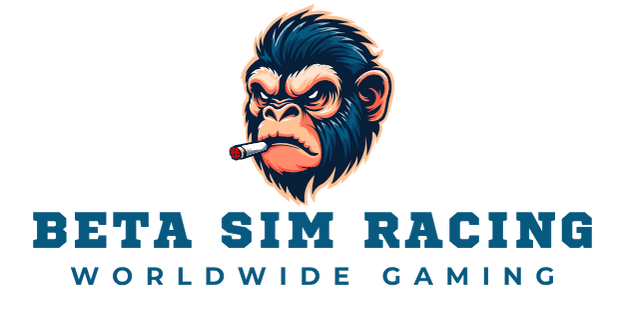What if Blade was a witcher? That’s the electrifying question at the heart of The Blood of Dawnwalker, a dark fantasy action RPG from a new studio stacked with industry legends. Hailing from Rebel Wolves, a team founded by the Game Director of The Witcher 3, this title is poised to be more than just another monster-slaying adventure.
This is not a simple rehash of old ideas. It’s a bold attempt to evolve the RPG formula, built on Unreal Engine 5 and centered around a protagonist who is both human and vampire. This article is your single, most comprehensive resource for everything known about The Blood of Dawnwalker, from its ambitious gameplay mechanics and story to developer insights and a balanced look at community reactions.
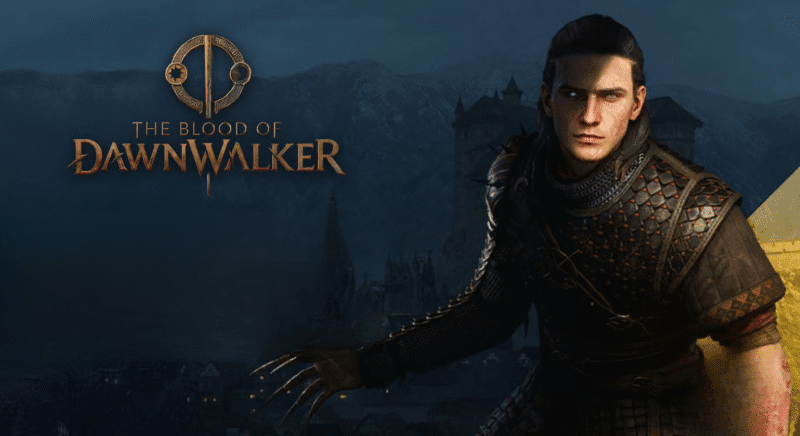
What Is The Blood of Dawnwalker? The High-Level Overview
To get you started, here’s a quick, scannable summary of the game’s core identity. We’ve compiled the essential details from official announcements to give you the big picture.
- Game: The Blood of Dawnwalker
- Developer: Rebel Wolves
- Publisher: Bandai Namco Entertainment
- Genre: Single-Player, Open-World, Dark Fantasy Action RPG
- Engine: Unreal Engine 5
- Setting: 14th Century, Fictional Carpathian kingdom of Vale Sangora
The Blood of Dawnwalker Release Date & Platforms
Let’s address the most urgent questions first: when and where can you play it? The official release date for The Blood of Dawnwalker is set for 2026. While an exact day has not yet been announced, this window positions it as a major upcoming title.
The game is confirmed as a current-generation exclusive, targeting these platforms:
- PC
- PlayStation 5
- Xbox Series X|S
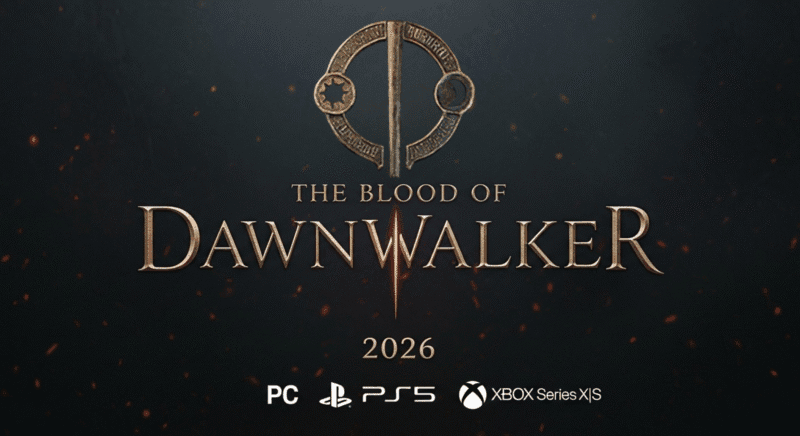
There are no announced plans for a release on last-generation consoles like the PS4 or Xbox One, ensuring the experience is built from the ground up for modern hardware. Furthermore, despite rumors, developers at Rebel Wolves have explicitly confirmed on Reddit that The Blood of Dawnwalker will not be a Day-One release on Xbox Game Pass. This is not one of the many cross-platform games launching on every system imaginable; it’s a focused, next-gen experience.
Story & Setting: A Land Ruled by Vampires
The game plunges players into a grim, alternate 14th-century Europe. The historical Black Death has created a devastating power vacuum, allowing ancient vampires to emerge from the shadows and seize control of entire kingdoms.
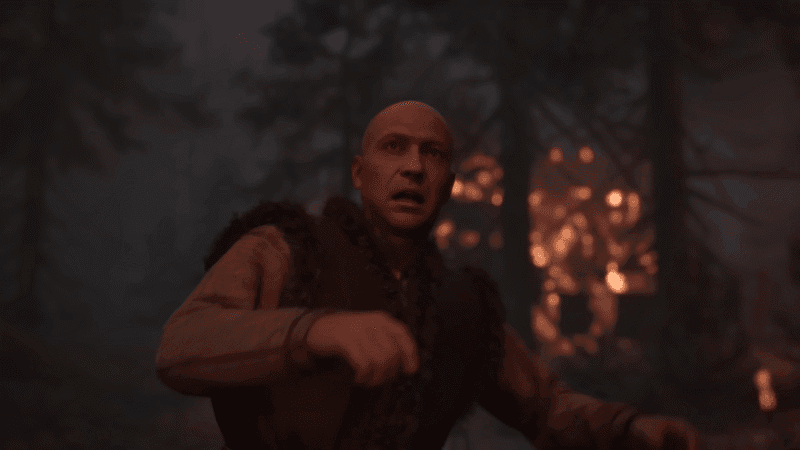
The story unfolds in the fictional Carpathian kingdom of Vale Sangora. Here, the primary antagonist, Brencis, an ancient and powerful vampire with roots stretching back to the Roman Empire, has overthrown the human lords. He rules with an iron fist, imposing a horrifying “blood tax” on the surviving human populace.
You play as Coen, a young man who makes a desperate bargain to save his younger sister, Lunka, from the plague. This pact transforms him into a “Dawnwalker”—a unique hybrid being who is human by day but a bloodthirsty vampire by night. This duality is the emotional core of the story, forcing Coen to wield the very powers he detests to protect his family, all while questioning the cost to his own soul.
Known Characters & Factions
A frame-by-frame analysis of trailers combined with developer interviews has allowed us to compile a list of key players in this dark world. This table consolidates all known lore into a single, easy-to-reference hub.
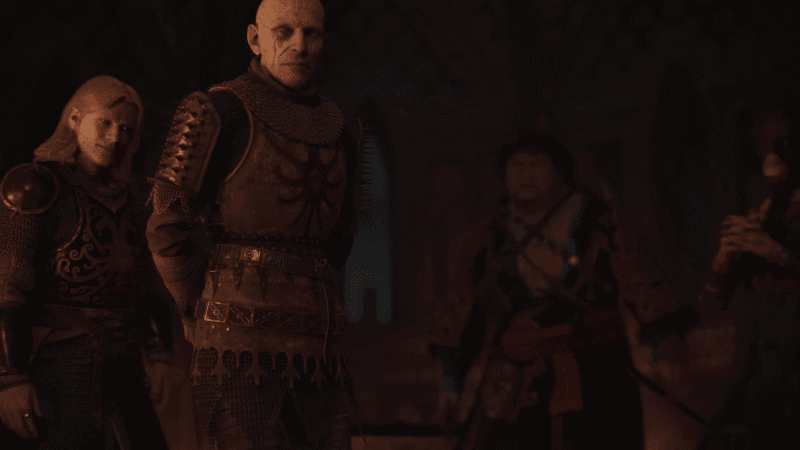
| Character / Faction | Known Details |
| Coen | The protagonist, a “Dawnwalker” (half-human, half-vampire). Seeks to save his family from the plague. |
| Lunka | Coen’s younger sister, afflicted with the plague. Her fate is a key motivator for Coen’s journey. |
| Brencis | The primary antagonist. An ancient vampire born as Caeso Burrienus Laurentius in AD 131. He now rules Vale Sangora. |
| Xanthe | An ancient Greek vampire and former priestess. A potential boss or ally with her own distinct questline. |
| Ambrus | A newly turned, ambitious vampire from humble origins who is desperate to prove his worth in the new regime. |
| Bakir | Another named vampire who appears to be an ally of the main antagonist, Brencis. |
| Vampire Regime | The ruling faction led by Brencis. They view humans as little more than “cattle” to be managed for their blood. |
| Human Rebellion | An optional faction the player can choose to align with. It’s possible to finish the game without ever meeting them. |
Core Gameplay Mechanics: How Dawnwalker Redefines the RPG
Rebel Wolves isn’t just making another open-world game; they’re fundamentally challenging RPG conventions. The studio’s mission, as stated by Game Director Konrad Tomaszkiewicz, is to “do something new, and do something crazy.” This is most evident in the game’s innovative core mechanics.
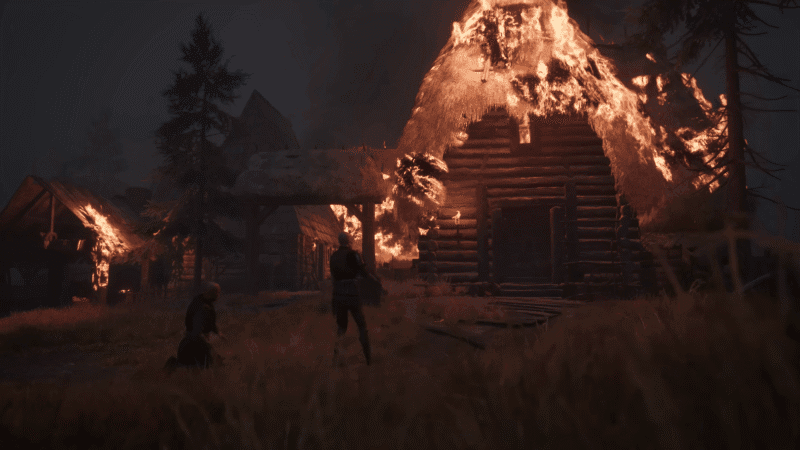
The Dual Gameplay Loop: Day vs. Night
The Blood of Dawnwalker gameplay is built entirely around Coen’s duality. The world, its inhabitants, and your abilities change dramatically depending on the time of day, creating two distinct yet interconnected experiences.
| Feature | Day (Human Form) | Night (Vampire Form) |
| Combat Style | Tactical sword-fighting, directional combat, and parrying. | Vicious claws, enhanced strength, and the “brutal force of nature.” |
| Special Abilities | “Raw,” ritual-based magic that uses runes and costs the player’s own health. | Supernatural skills like “Shadowstep” for rapid traversal and ambushes. |
| Health & Healing | Health does not regenerate automatically; requires crafted consumables. | Health is tied to bloodlust; you must feed on enemies to sustain yourself. |
| Traversal | Standard human movement (running, climbing). | “Shadowstep” allows for instant traversal to rooftops and hidden areas. |
| Social Interaction | Can interact with most NPCs openly in cities like Svartrau. | Must be stealthy; getting too close to NPCs can trigger their fear or aggression. |
| Primary Weakness | Susceptible to conventional damage and human frailties. | A relentless bloodlust that can cause you to lose control if not fed. |
A True “Narrative Sandbox”: Your Choices Actually Matter
The developers use the term “narrative sandbox” to describe their core design philosophy. This isn’t just about branching dialogue. It’s about “maximising players’ agency and freedom of choice” in a world designed for non-linear playthroughs.
For example, developers have confirmed you can complete the entire main story without ever encountering the human rebellion, a major faction. This level of consequence means different choices will lead players to experience entirely different stories, quests, and outcomes, creating immense replayability.
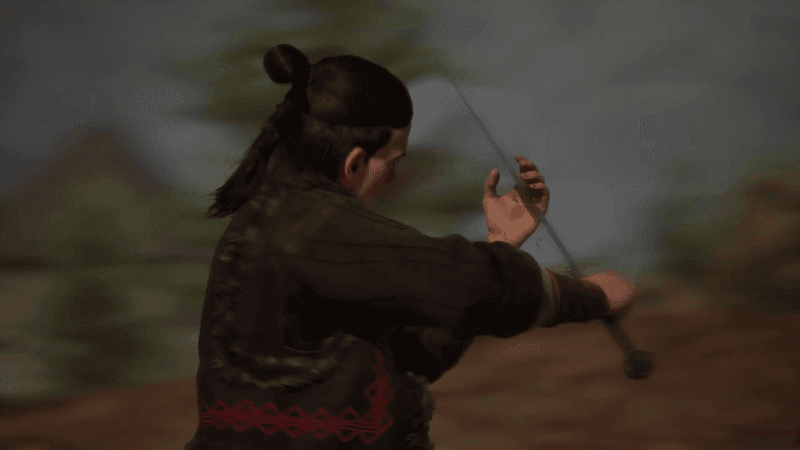
“Time as a Resource”: The Most Misunderstood Mechanic
One of the most discussed—and misunderstood—features is the “time as a resource” system. Let’s be clear: this is not a stressful countdown timer. Design Director Daniel Sadowski has stated, “We do not want the time system to be there to rush the player or to stress them out.”
Here’s how it actually works: time only progresses when you complete a quest or a significant story task, not during free exploration. The main story arc takes place over 30 days and nights. This forces you to make meaningful choices. You won’t have time to help everyone, so pursuing one questline inherently means another will be neglected. This is a world where inaction has consequences, directly impacting the world state and the fate of Coen’s family.
Combat, Skills, and Progression: A Community Deep Dive
By cross-referencing official developer interviews with discussions on the r/DawnwalkerOfficial subreddit, a clear picture of the combat system emerges—one filled with both incredible hype and valid concerns.
The Vision: Authentic, Directional Combat
The team’s stated goal is a combat system that feels authentic and weighty. Having studied medieval fighting styles, they’ve implemented a directional system where you must attack and block specific zones. Early impressions draw comparisons to a faster, more fluid version of the combat in Kingdom Come: Deliverance, a title beloved by fans of souls-like games.
The Pre-Beta Reality: Community Hype and Concerns
It’s vital to build trust by acknowledging the ongoing player conversation. While excitement is high, the savvy gaming community has dissected early gameplay footage, voicing specific critiques.
- Clunky/Janky Feel: Many users have noted that the animations in the pre-beta footage, especially during boss fights, appear unpolished or “janky.”
- Close Camera Angle: A frequent complaint is that the tight, over-the-shoulder camera is too restrictive, making it difficult to maintain situational awareness in combat.
- Ability “Mini-Cutscenes”: The most widespread criticism is aimed at the short, perspective-shifting cutscenes for ability activations and feeding, which many feel interrupt the flow of combat.
It is crucial to remember that all public footage is from a pre-beta build. Animation polish, bug fixing, and camera adjustments are typically addressed in the final stages of development, so these concerns are best viewed as feedback on a work-in-progress.
Skill Trees & Progression
Player choice extends directly to character progression. The game features three distinct skill trees that reflect Coen’s fractured nature:
- Human Skill Tree
- Vampire Skill Tree
- Shared Skill Tree
This system empowers you to decide Coen’s path. You can choose to nurture his dwindling humanity, fully embrace his vampiric power, or walk a difficult path between the two.
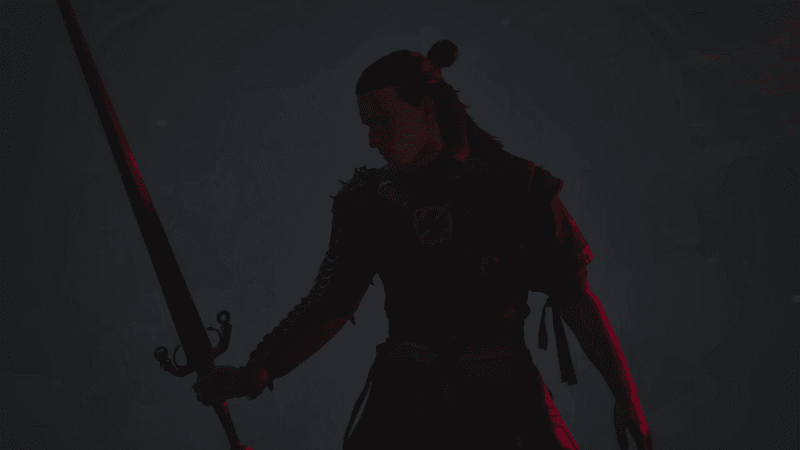
The Minds Behind the Monster: Who Are Rebel Wolves?
To understand the game’s potential, one must look at the team behind it. Rebel Wolves is a Warsaw-based studio founded by veterans of CD Projekt Red. Their stated mission is to innovate within the story-driven RPG genre while fostering a healthier, more agile team environment. The studio’s leadership boasts an unparalleled RPG pedigree.
The Rebel Wolves Leadership & Their Legacy
| Name | Role at Rebel Wolves | Notable Past Work (at CD Projekt Red) |
| Konrad Tomaszkiewicz | CEO, Game Director | Game Director (The Witcher 3), Co-Director (Cyberpunk 2077) |
| Daniel Sadowski | Design Director | The Witcher series |
| Jakub Szamalek | Narrative Director | Lead Writer (The Witcher 3, Cyberpunk 2077) |
| Mateusz Tomaszkiewicz | Creative Director | The Witcher series, Cyberpunk 2077 |
| Bartłomiej Gaweł | Art Director | The Witcher series, Cyberpunk 2077 |
FAQ: Your Questions About The Blood of Dawnwalker Answered
What is the exact release date for The Blood of Dawnwalker?
The game is scheduled for release sometime in 2026. An exact date has not yet been announced by Rebel Wolves or Bandai Namco.
Is The Blood of Dawnwalker coming to Game Pass?
No. Developers from Rebel Wolves have confirmed on Reddit that the game will not be a Day-One release on Xbox Game Pass.
What does “Dawnwalker” mean?
A “Dawnwalker” is the in-game term for a hybrid creature like the protagonist, Coen. He is half-human and half-vampire, able to walk in both daylight and darkness.
Will the combat be improved from the pre-beta footage?
All gameplay shown so far is from a pre-beta build. It’s standard industry practice for visual polish, bug fixes, and animation smoothing to be among the last phases of development, so improvements are fully expected in the final release.
Is the 30-day time limit stressful like in other games?
No. According to the developers, the “time as a resource” system is a narrative mechanic. Time only advances when completing major quests or tasks, not during exploration, so players will not be rushed.
Can you romance characters in The Blood of Dawnwalker?
Yes. While the main story is focused on saving Coen’s family, developers have hinted during livestreams that romance options will be available, with three potential routes for Coen.
What are the system requirements?
Official PC system requirements have not been released yet. However, as the game is built on Unreal Engine 5, it will likely be demanding. Expect to need a modern GPU, perhaps with at least 8-12 GB of VRAM for a smooth experience, similar to other AAA releases. Keep an eye on our PC hardware guides for updates.
Conclusion
The Blood of Dawnwalker is shaping up to be one of the most exciting and ambitious RPGs on the horizon. It stands on the shoulders of giants, developed by a team whose members were instrumental in creating the modern classic The Witcher 3, yet it refuses to simply repeat past glories. The game forges its own identity through the innovative interplay of its “narrative sandbox” design and its high-stakes “time as a resource” mechanic.
This combination promises a world where player choice—and, crucially, inaction—has tangible, lasting consequences. While early community feedback has rightfully pointed out areas needing polish in its pre-beta state, the vision is undeniable. The Blood of Dawnwalker aims to be far more than just a “Vampire Witcher.” It is a bold experiment in player agency, wrapping a dark, personal story of sacrifice in a complex web of narrative strategy.
This is a title that all RPG fans should be watching very closely. To follow its development and be ready for launch, be sure to Wishlist the game on your preferred platform via the official website.

With a degree in mythology and folklore, Fatima is our RPG Lore Master. She delves into the vast open worlds of RPGs to uncover hidden narratives, cultural inspirations, and thematic connections. Her features are for players who want to fully immerse themselves in the history and lore of their favorite games.
